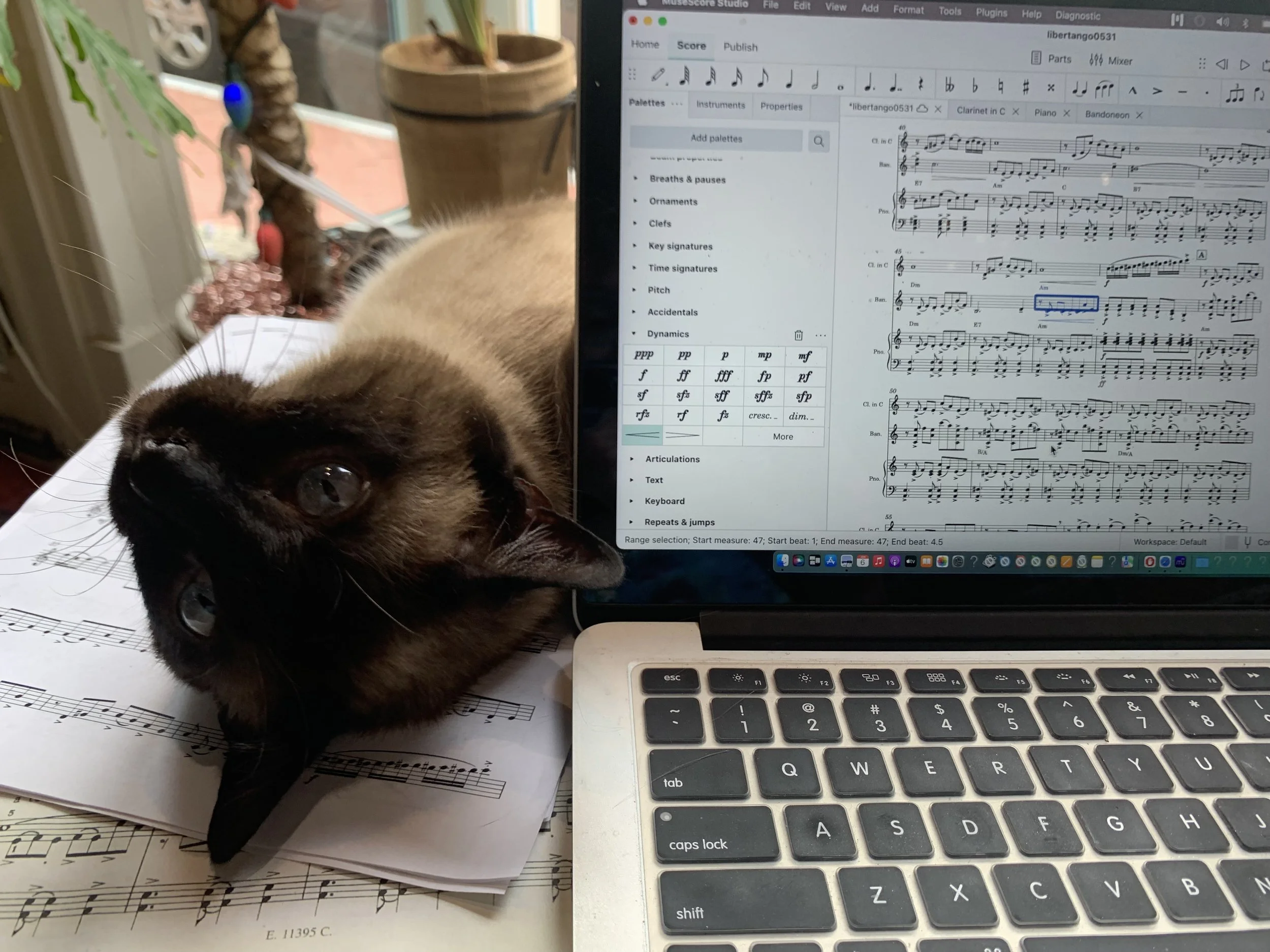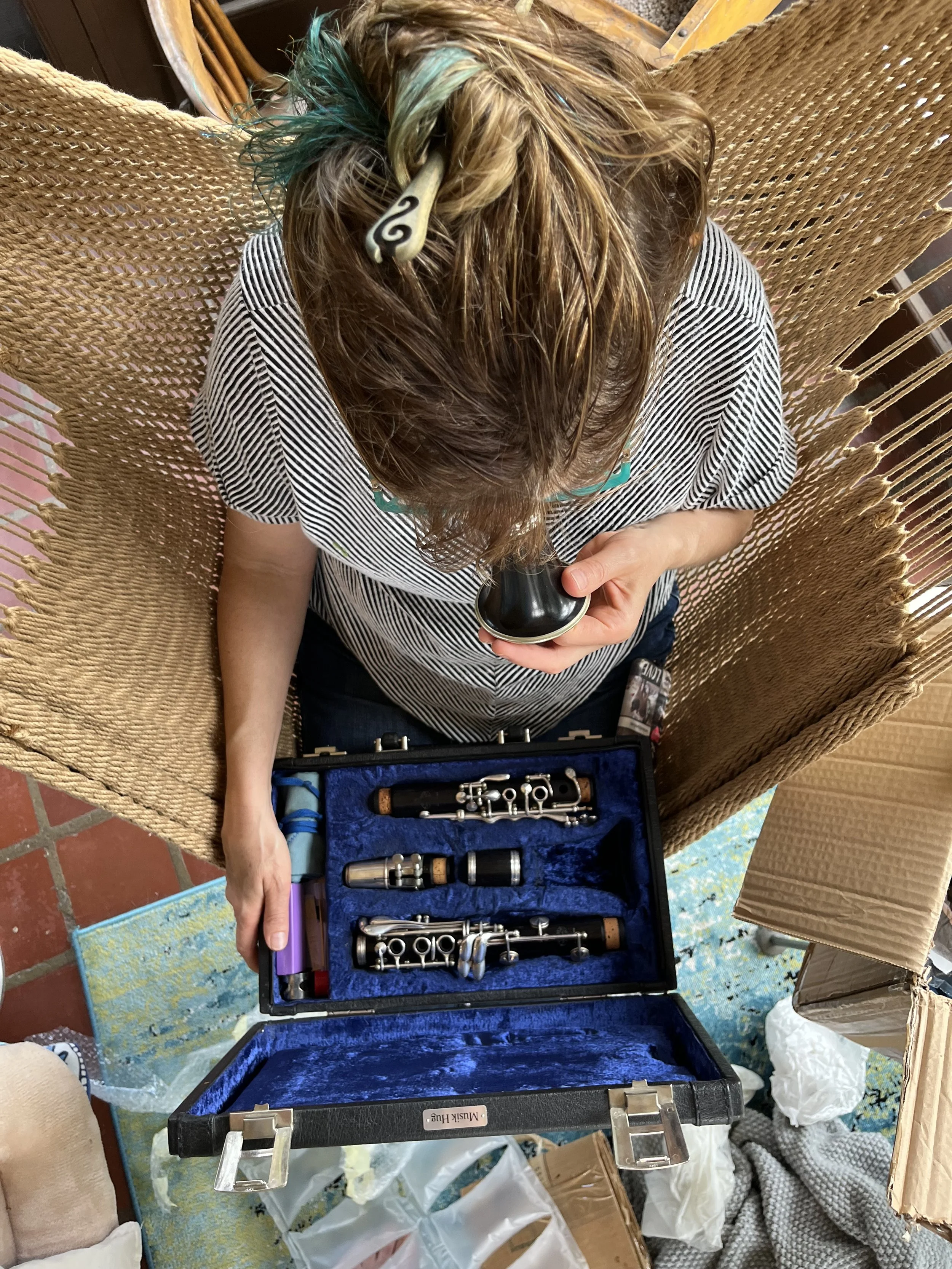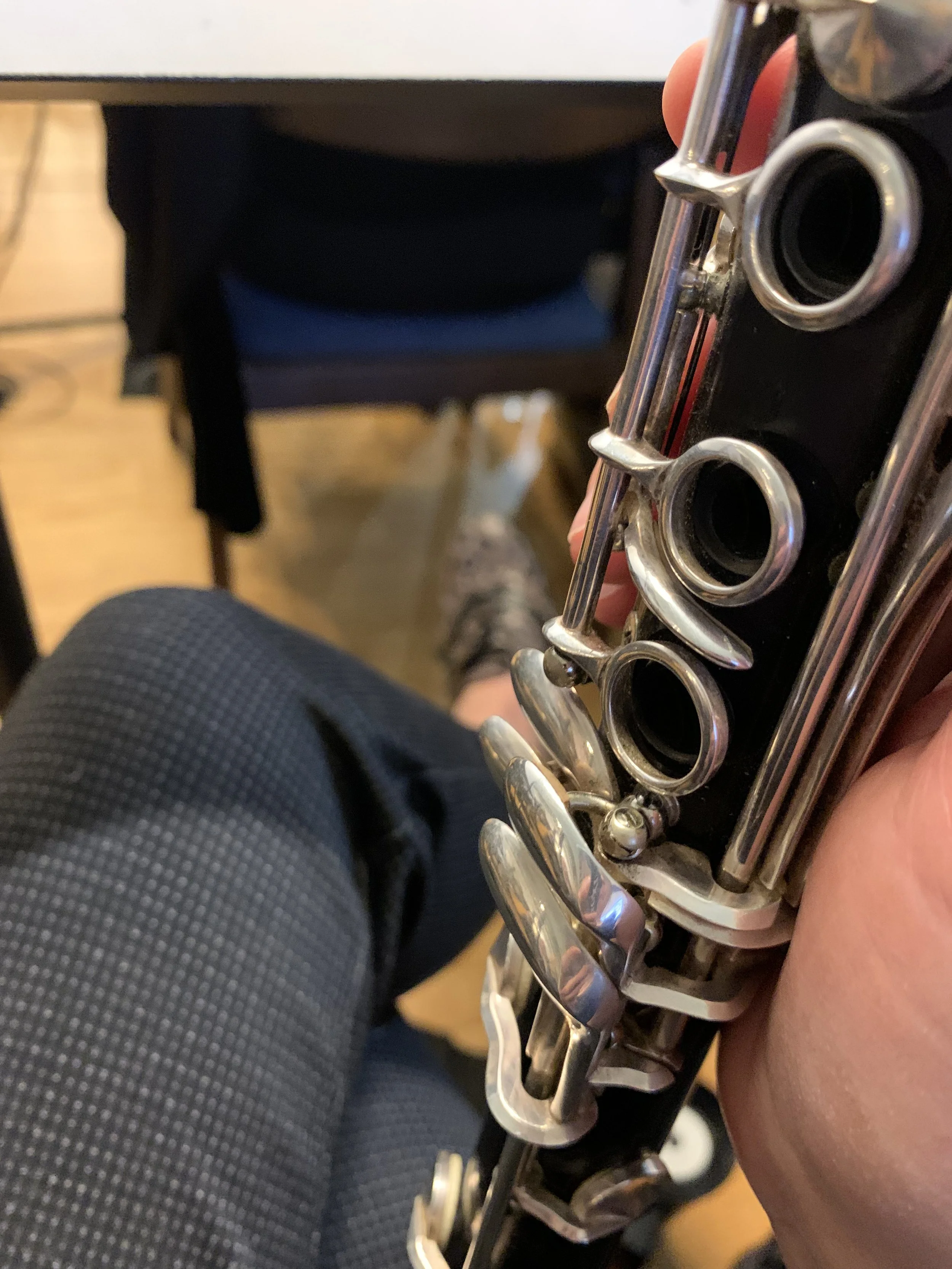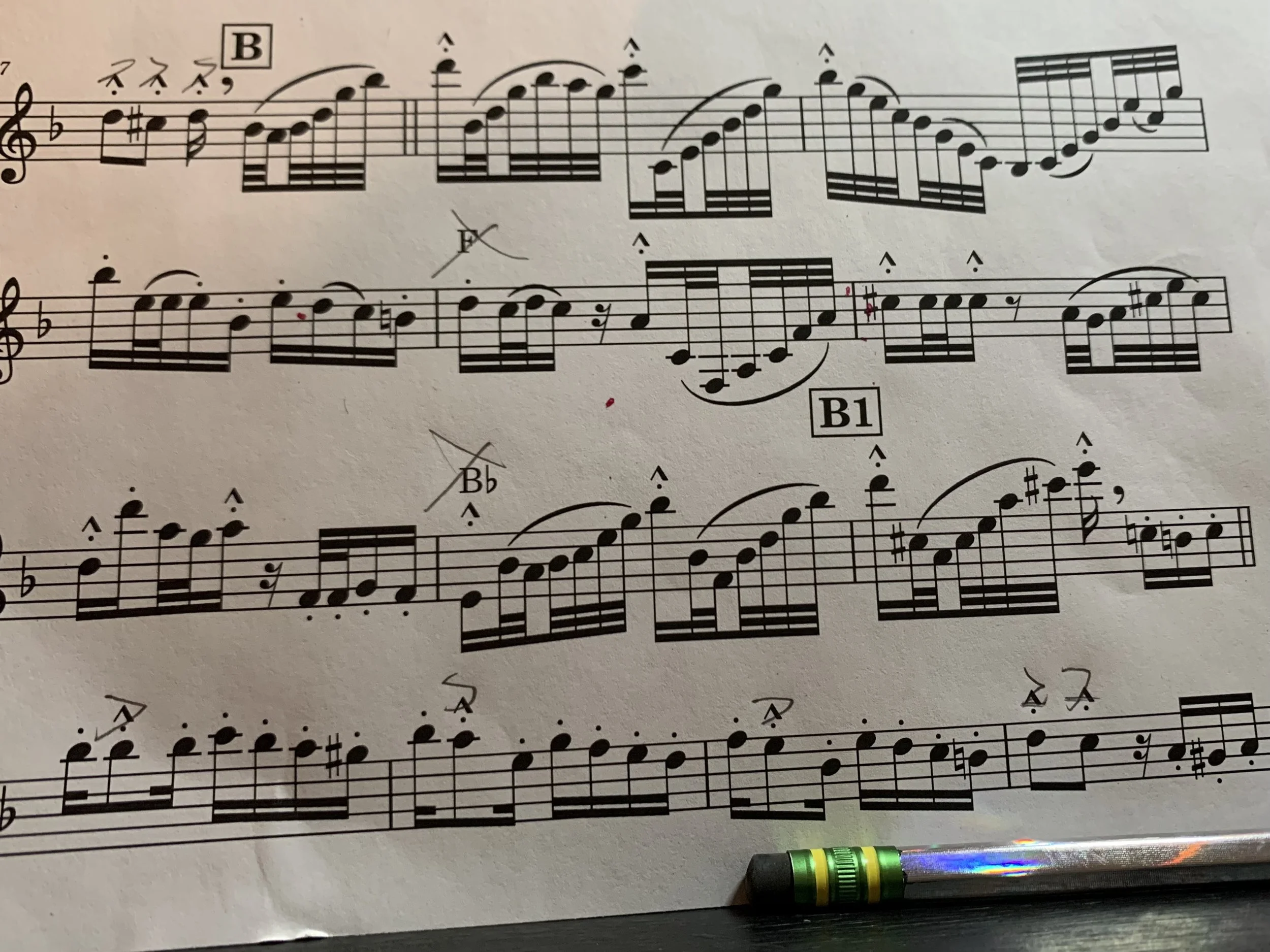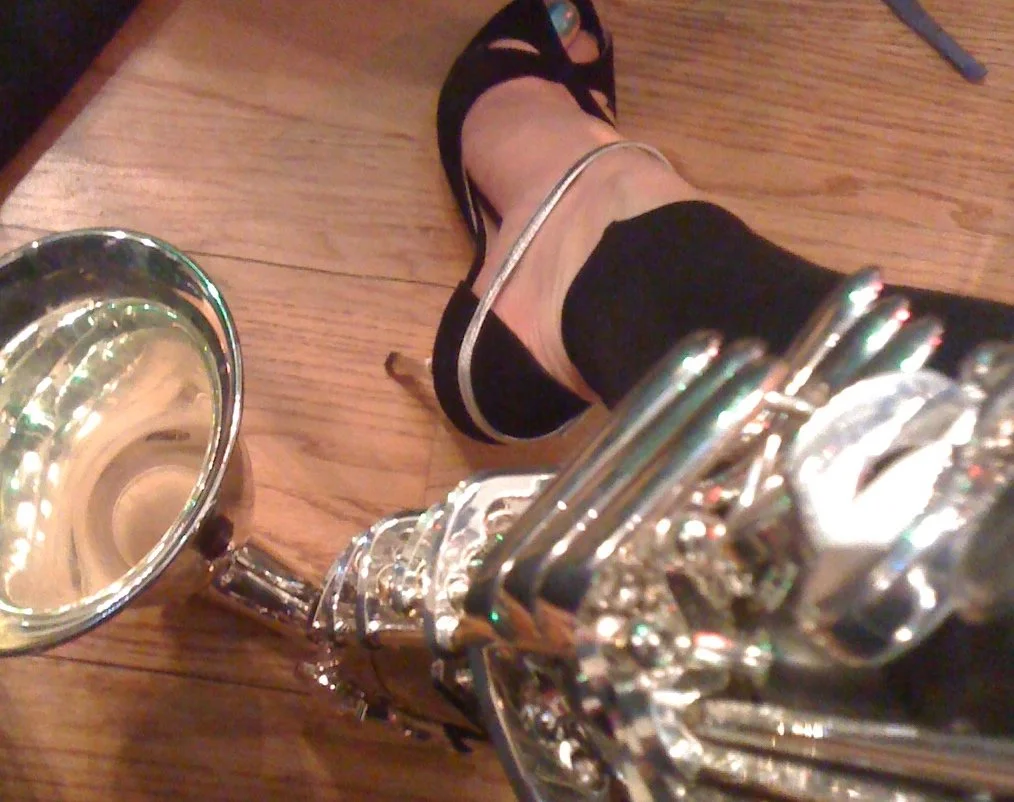The Secret Project
2026
World Domination by Tongue!
I can’t say much here until it’s complete
Staccato!
It’s such a simple word and a simple concept, but like any niche, the deeper you explore, the more fascinating the nuance and implication.
Tango, like most genres, has implied “rules” for style. Depending on the orchestra, the timeframe, and the mood of the guys that night, the execution of the staccato and melodic lines varies.
As you embed into any culturally based genre, you pick up on these rules and internalize them. For example, in Western music a Mozart staccato is very different from a Stravinsky staccato, and so on. It’s the same for tango.
None of this is notated. You get a lead sheet, some guys, some coffee and off you go. So modern editors who study this kind of thing (I think we call them musicologists:) and know performance norms in Mozart’s time, for example, will add this into the music notation, thus preserving this knowledge for the rest of us. We’re kind of the mechanics fixing your sink under the counter with the right tools and instructions.
Without getting too ridiculous about it, I’ve been taking care to use consistent notation for clarinet staccato in my arrangements. While I don’t particularly need these markings for myself, I’d like to do my part and create a lexicon for future players to enjoy these arrangements in the style intended.

